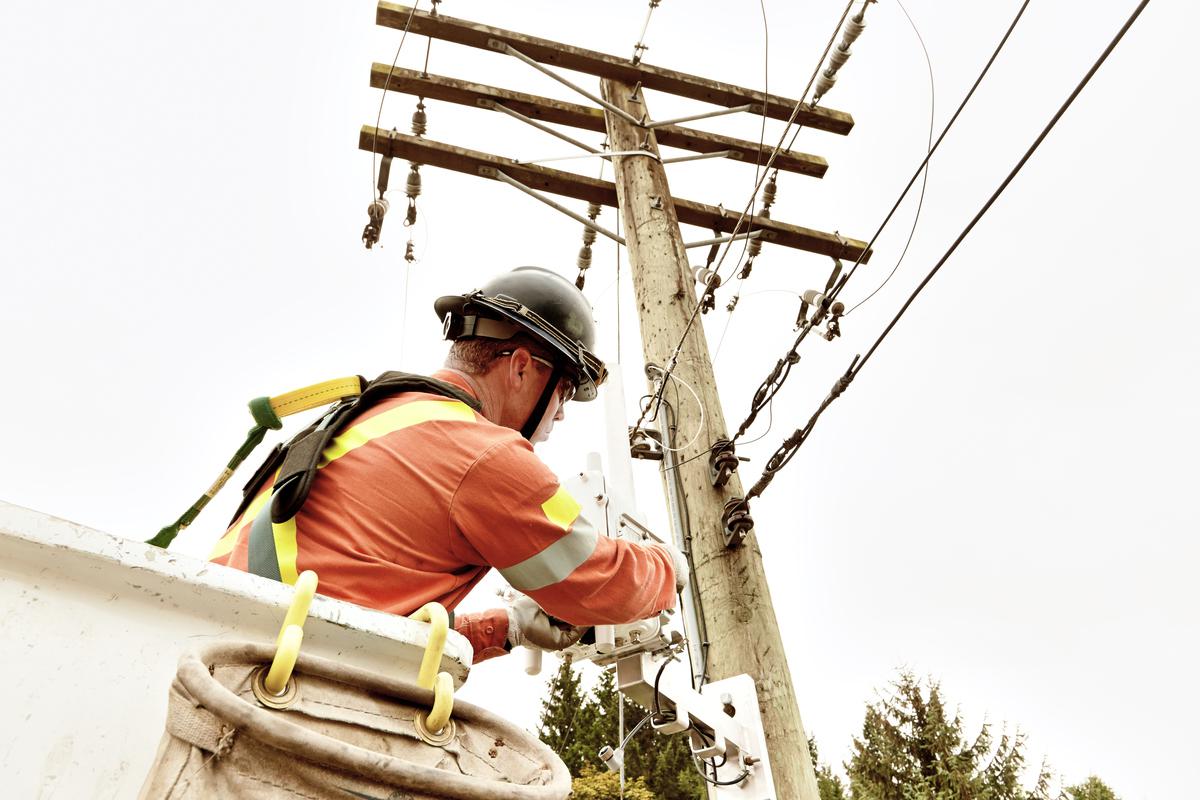Just in time for the rainy season, the Local Government Units (LGUs) of various regions recently started awareness drives and preparedness programs anchored on Disaster Risk Reduction and Mitigation (DRRM) for this year’s Disaster Resilience month.
The Asian Disaster Preparedness Center attributes the effectiveness of disaster reduction and response to the effectivity of managing information before, during, and after a disaster. However, utilizing relevant information is largely dependent on the availability and most importantly, the reliability of platforms for communication in place, according to Cisco Managing Director for the Philippines Karrie Ilagan.
“A huge part of the government’s DRRM measures for a disaster-prone country like ours is vigilant preparation as this is the foundation of our response to and recovery from disasters,” said Ilagan. “While preparation may involve tasks like having survival kits ready at home or LGUs readying early warning systems and transport systems like rubber boats and trucks, technology is a powerful tool that also plays a crucial role in DRRM and in fact, cuts across all stages of our disaster approach.”
Based on Cisco’s multinational partnerships, Ilagan forecasts communication technology greatly benefiting each DRRM aspect the government has in place:
Prevention and Mitigation
In order for the development of DRRM plans to be accurate, Ilagan believes communication technology must aid community assessments through solutions that facilitate end-to-end monitoring. She also highlighted that the reliability of these surveillance solutions is hinged on cloud platforms that allow seamless data gathering, storage, and exchange, easing the generation of vital community reports. Likewise, continual communication on surveyed areas is dependent on communication solutions that facilitate consistent exchanges between LGUs and their communities to ensure these reports are updated.
Preparedness

Strong partnerships and coordination among all key players like LGUs and their constituents rely on collaboration solutions that expand from traditional telecommunication platforms.
To Ilagan, video conferencing innovates communication between these LGUs, giving critical meetings full context while maximizing the time of each stakeholder through an all-in-one platform. With technology, stakeholders will be able to utilize all the benefits of reliable audio conferencing with the added value of visual aids.
Response

Collaboration among stakeholders, facilitated by reliable communication solutions, carries over to the next DRRM aspect of the response. Integrated and coordinated search, rescue, and retrieval operations are fortified with resilient, uninterrupted communication among municipality Network Operation Centers.
On the other end, mobile IP-based communication systems will aid on-ground operations using small-scale, independent Voice Over Internet Protocol (VOIP). The use of the Internet to facilitate phone calls bridges possible communication gaps caused by damaged or destroyed infrastructure.
Tactical kits that are easy to deploy and navigate without the need for technical experts will greatly benefit early recovery implementations, as well by assisting in the public’s connection to
family, friends, and colleagues in devastated regions.
Rehabilitation and Recovery
Finally, on the road to recovery and rehabilitation, communication technology can aid reconstruction efforts for disaster and climate change resilient infrastructure through faster exchanges. A quick relay of data from small municipalities to national government offices like the National Disaster Risk Reduction and Management Council (NDRRRMC) has the potential to hasten assistance. Tactical solutions can ease reporting on potential or new hazards each region must take into account and can help facilitate monitoring for rehabilitation progress.
While recovery efforts are underway, mobile VOIP solutions can also provide interim connectivity infrastructure for constituents as communication tower reconstructions take place.
“We have plenty of use cases from different countries for our communication and collaboration solutions, Meraki Wifi, Webex, and Emergency Communication Kit–but all of them contributed to the effectivity of each nation’s disaster plan and we see the same potential in the Philippines,” Ilagan concluded.
